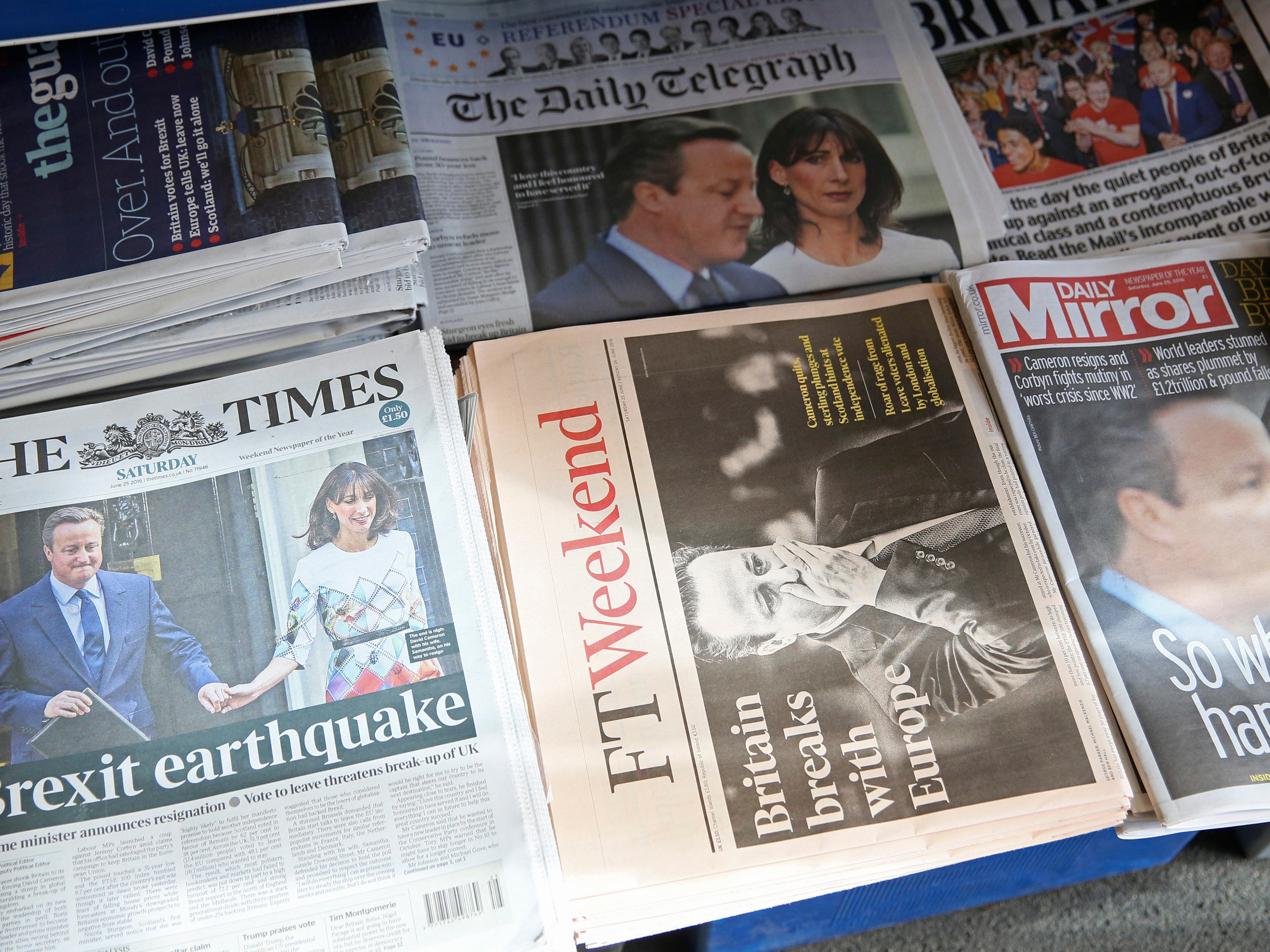
Young people spend nearly twice as much time reading print newspapers compared with online and app editions of newsbrands, according to new research.
In 2016, 18 to 34-year-old British readers of eight UK national newspapers spent a total of 21.7bn minutes reading their print editions compared to 11.9bn minutes using their websites and apps.
The study, led by Professor Neil Thurman of City University and LMU Munich, was based on National Readership Survey (NRS) and Comscore data.
It focused on the Mail, Mirror, Star, Telegraph, Guardian, Sun, Standard, and Times titles.
The research shows that 18 to 34-year-old print newspaper readers spend an average of 23 minutes reading each weekday print issue, rising on the weekend.
But, for those same titles, online readers aged 18 to 34 visit the brands’ websites and apps for an average of less than one minute per day (43 seconds).
Professor Thurman said: “For younger readers… newspapers’ print editions provide an experience they invest time in, compared to how they snack on and scan news online.”
The study identifies one exception to this trend: the Daily Mail. Britons under 35 spend more than twice as much time with the brand online than in print, the report found.
Report co-author Richard Fletcher, of the Reuters Institute for the Study of Journalism, said: “The popularity of Mail Online with younger readers is due to an editorial approach focused on entertainment and celebrity—very different in character from the more conservative stance taken in print.”
The study also compared NRS data from the turn of the Millennium with that 2016. Overall there has been a 40 per cent drop in time spent with newspapers, with the biggest decline among younger readers (down 64 per cent).
However, some newspaper brands have bucked the trend. The report found that the total time spent with the Guardian and the London Evening Standard by their British audiences had increased since the turn of the millennium, by 19 per cent and 17 per cent respectively.
In the case of the Guardian, the report credits the gain to the title’s relatively successful online editions, which have attracted more attention than has been lost from declines in its print readership, and to Brexit and Trump ‘bumps’ in print readership in 2016.
In the Standard’s case, becoming a freesheet in 2009 boosted readership and, as a result, time spent with the brand, researchers said.
The report has been published in the peer-reviewed journal, Journalism Studies.
Picture: Reuters/Neil Hall
Email pged@pressgazette.co.uk to point out mistakes, provide story tips or send in a letter for publication on our "Letters Page" blog
